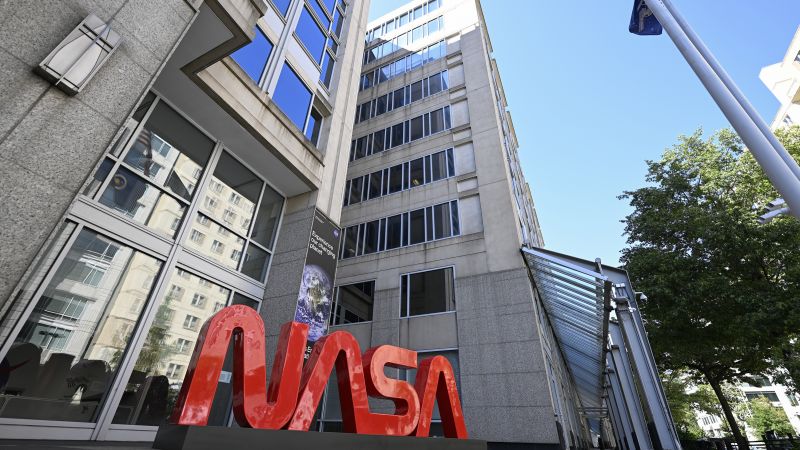NASA recently averted what could have been significant layoffs within its workforce, confirming that it has managed to sidestep the expected cuts that aimed to target numerous newly hired employees and seasoned professionals alike. This announcement suggests that careful considerations were made in collaboration with the Office of Personnel Management, particularly amidst ongoing efforts by the Trump administration to streamline the federal workforce. NASA conveyed its findings, which determined that any reductions would be conducted based on performance or be voluntary under agency protocols, indicating a more selective approach than what has been seen at other federal agencies.
In contrast, other agencies have implemented mandatory layoffs for all probationary employees, but NASA has chosen a different path. The agency emphasized its commitment to maintaining high performance among employees, asserting that it will actively monitor employee performance and take necessary actions to ensure an effective workforce. This approach is crucial for maintaining the quality of service that citizens expect from NASA.
Despite this positive turn of events within NASA, approximately 5% of the agency’s employees chose to accept offers under a deferred resignation program—a controversial initiative that aimed to incentivize federal employees to voluntarily leave their positions in exchange for compensation through September. This move, originating from the Trump administration, has raised concerns among staff regarding the retention of patents and intellectual property, especially for those who may remain on payroll without actively contributing to the agency’s work. The legal implications surrounding these issues remain ambiguous, prompting internal discussions about the potential impacts on NASA’s innovations.
As of now, NASA’s workforce numbers around 18,000 individuals, indicating that nearly 900 employees accepted the deferred resignation offer. Reports suggest there are around 1,300 individuals classified as probationary workers within the agency. Consequently, the looming prospect of job losses triggered alarm within the space exploration community. Responses from various sectors, including organizations like the Planetary Society, have emphasized the significant concern regarding the potential for mass layoffs of talented scientists, engineers, and explorers.
The head of space policy at Planetary Society, Casey Dreier, highlighted the severity of the situation, noting that if NASA were to conduct widespread dismissals during this critical phase, it would correspond to one of the largest involuntary workforce reductions since the Apollo program’s conclusion. Dreier articulated his concerns by drawing parallels between the current climate and the past and emphasized that, unlike the downturn during the winding down of the Apollo program, NASA is currently gearing up for ambitious missions, particularly under the Artemis program. This initiative aims to return astronauts to the Moon by mid-2027, a timeline that underscores the urgency of maintaining a robust and capable workforce.
Historically, NASA’s workforce peaked during the Apollo program with over 35,000 employees. However, in contrast to the past, the current vision for the Artemis program involves a strategic outsourcing of tasks to private sector partners through fixed-price contracts, which may influence workforce dynamics moving forward.
Dreier noted the Planetary Society’s supportive stance towards NASA’s operational adjustments, refraining from advocating for growth in headcount. Instead, he expressed apprehension about the indiscriminate nature of potential layoffs, arguing that a lack of strategic direction in workforce reductions could significantly hinder NASA’s ability to pursue its future plans effectively.
As NASA navigates these turbulent waters, the need for careful workforce management and strategic planning becomes increasingly critical. Balancing budgetary constraints while ensuring the agency’s mission to advance space exploration remains uninterrupted is a formidable challenge that requires a nuanced approach to personnel management. The situation remains fluid, and all eyes will be on NASA as it continues evaluating its workforce, performance metrics, and mission goals in the coming months.












